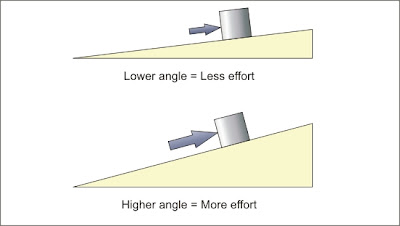Lake is a natural or man made water body of significat size with relatively still water.
There are various natural types of lakes. We will discuss important types by example.
We start with mountain lakes.
Mountains and river valleys of Northern Pakistan have formed through a constant process of landslides.
Rain, glaciers and stream water erodes and dissolves the base of all vallies that seeds further landslides. This process is very slow but never stops.
After every landslide ,stream or river in that valley tries to burst that natural dam. outcome depends upon size of river and landslide.
If stream is too small as compared to landslide, valley becomes a longer term lake, with a thin and long spillway and some waterfalls. Lake Saiful Muluk is one such example.
Attabad lake is a recent example of such phenomenon.
Attabad's landslide blocked Hunza river in 2010. Although river has better flowrate at that location, but amount of landslide was too big. This natural Lake will stay for a long time.
Pakistan is land of geographical extremes, and holds the record of biggest flood of recorded history. in Jan 1841, A Spur of Nanaga Parbat collapsed and blocked Indus river for about six months. This made a thousand meters high natural dam, that ultimately bursted in June 1841. estimated flow rate of the flood wave was 190 lakh cusecs, about 20 times more than 2010 floods.
Another example is the lake Pangogng Tso, inside Indian occupied Kashmir and Tibet. About a hundred thousand years ago, this lake was cut-off from Indus river due to a massive landslide. This lake was the shooting site of last scenes of Bollywood movie 3 Idiots.
There are various natural types of lakes. We will discuss important types by example.
We start with mountain lakes.
Mountains and river valleys of Northern Pakistan have formed through a constant process of landslides.
Rain, glaciers and stream water erodes and dissolves the base of all vallies that seeds further landslides. This process is very slow but never stops.
After every landslide ,stream or river in that valley tries to burst that natural dam. outcome depends upon size of river and landslide.
If stream is too small as compared to landslide, valley becomes a longer term lake, with a thin and long spillway and some waterfalls. Lake Saiful Muluk is one such example.
Attabad lake is a recent example of such phenomenon.
Attabad's landslide blocked Hunza river in 2010. Although river has better flowrate at that location, but amount of landslide was too big. This natural Lake will stay for a long time.
Pakistan is land of geographical extremes, and holds the record of biggest flood of recorded history. in Jan 1841, A Spur of Nanaga Parbat collapsed and blocked Indus river for about six months. This made a thousand meters high natural dam, that ultimately bursted in June 1841. estimated flow rate of the flood wave was 190 lakh cusecs, about 20 times more than 2010 floods.
Another example is the lake Pangogng Tso, inside Indian occupied Kashmir and Tibet. About a hundred thousand years ago, this lake was cut-off from Indus river due to a massive landslide. This lake was the shooting site of last scenes of Bollywood movie 3 Idiots.











































